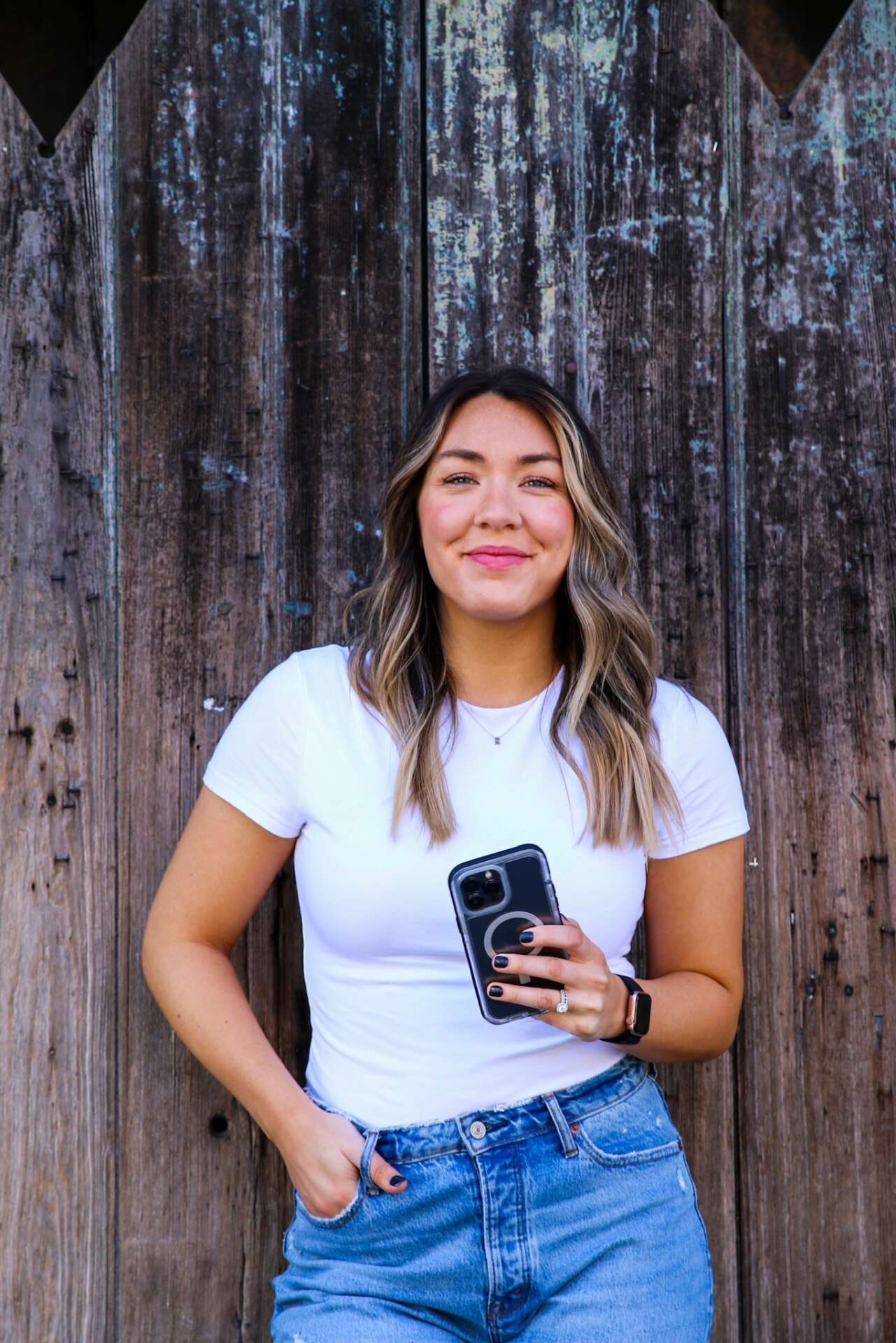Alright – so today we’ve got the honor of introducing you to Paige Glidden. We think you’ll enjoy our conversation, we’ve shared it below.
Paige, looking forward to hearing all of your stories today. Let’s kick things off with your mission – what is it and what’s the story behind why it’s your mission?
I’m the founder of Whip Communications, a communications and PR firm specializing in social impact communications.
As a full-time nonprofit professional, I saw a consistent problem: organizations were understaffed, under-resourced, and subsequently underfunded. Nonprofits looking to fill in the gaps of a small team — or needing a budget-friendly alternative to a full-time employee — didn’t have any options. Hiring a big PR agency for $250 an hour is a luxury that only the highest-funded organizations can afford. And I just don’t think that’s fair.
When looking for my first job, I wanted to live in New York City and write for Marie Claire, Seventeen, or — even better — Cosmopolitan. But the job I actually got was as a media relations expert for a contraceptive access nonprofit, regularly interfacing with the editors of national outlets, including— you guessed it! — Cosmo.
It only took about three weeks for me to figure out that using my skills to make an impact was essential to a fufilling career.
Once I was partnering with the likes of Cosmo to educate young women about their birth control options (work that had a measurable impact on the declining teen birth rate in the U.S.), I knew that if there wasn’t a meaning and a purpose behind the content and the strategy, what was the point?
I knew that I’d work in nonprofit communications for the rest of my career. And so far, I have!

Paige, before we move on to more of these sorts of questions, can you take some time to bring our readers up to speed on you and what you do?
WHIP’s mission is to provide first-class communications and marketing support to impact-focused organizations that need an experienced, affordable expert who understands the nuances of social impact communications. I’m passionate about using communications to spark behavior change and make a social impact, and at Whip Communications, we do it exceptionally.
I launched Whip Communications full-time in March 2020 to meet those unique needs of nonprofits and NGOs that move the needle on important issues — just as a massive global health emergency emerged. In the wake of COVID, my expertise in strategy, digital media, and development proved more valuable than ever.
Since launching full-time, WHIP has supported more than 35 clients, including the United Nations Foundation, Fenton Communications, Pretrial Justice Institute, and Healthy Babies Bright Futures.

We’d love to hear the story of how you turned a side-hustle into a something much bigger.
I launched Whip Communications in the middle of a pandemic because I had no choice! The organization that I was working for implemented layoffs as part of their response to COVID, and I found myself without a job as the world was beginning to change forever.
Because I had been freelancing as a social media manager for more than five years, I knew that I would at least have that income to keep us afloat until I could find another job. (In addition to my husband’s stable federal income and healthcare plan — bless his heart.)
I planned to look for additional contract work as Whip Communications, but to find another full-time role “once things settled down.” To my surprise, within 2 months, I was booked full-time by clients who were in desperate need of affordable communications support. While funding opportunities were down, the need for these organizations and their work had never been higher, and I had the opportunity to partner with them at this unprecedented crossroads.
On May 1, exactly two months after being laid off, I signed a contract that exceeded my full-time income at the job I was laid off from. That was when I knew that this “side-hustle” was indeed a real business — and that I was officially a CEO.

What’s been the most effective strategy for growing your clientele?
A coach of mine in high school used to tell us, “Sometimes you’re good, and sometimes you’re lucky.” That seems to remain the motto of my success in business. I’ve signed contracts that I thought were long shots and I never even heard back from folks who would have been a perfect fit.
Many times, the way things pan out just doesn’t make sense. But there are a few things that I’ve found to be the most basic tenants of growing (and keeping) clients.
Firstly, I like my clients professionally, I like them personally, and I treat them like friends. Many contractors (especially large agencies) lose the interpersonal relationship element because “clients aren’t colleagues,” but when I work with someone, I want to know and care about them.
But with that said, personality doesn’t make up for bad output. I do the work and I do the work well. There’s no substitute for hard work and results! When a client is going to make a referral or recommend a vendor to someone, there is always two elements to it: 1) did they do a good job? and 2) were they easy to work with?
It might sound elementary, but the most effective strategy for growing a client list is to make the person say “yes!” to both of those questions.



Contact Info:
- Website: https://whipcommunications.com/
- Linkedin: https://www.linkedin.com/in/paigemwhipple/


